The main benefit of nitrogen-filled tires is that the loss of tire pressure is slower, because the gas in the tire escapes more slowly than air does. With more stable tire pressure, the thinking goes, you’ll get better gas mileage and get full tire life since you’re always rolling on fully inflated tires.
Claims are also made that nitrogen in tires prevents tire “rot” by limiting the moisture that naturally occurs inside tires and heads off corrosion of the wheel that can be caused by contact with moisture.
These claims are overstated. The advantages of tires filled with nitrogen, instead of plain ol’ air, aren’t big enough to justify the price tag or the inconvenience. On new car tires, the cost can range from $70 to as much as $179. On existing tires, you’ll pay up to $30 per tire for service to drain air and refill with N2. Refills will run you $5 to $7 per tire, which you can expect to do less often than with air-filled tires.
But you’ll still need topping off every two or three months.
Small amounts of air naturally leak out of tires over time, especially when tires are subject to large temperature swings. This is because the walls of tires are slightly porous. When a tire gets hot the air inside it expands. The added pressure pushes minute quantities of air out through the pores, so you occasionally have to get your air topped off even if your tire doesn’t have a hole.
Promoters of nitrogen tires point out they don’t lose tire pressure as fast as air-filled tires. Since nitrogen molecules are bigger than normal air molecules, it is harder for them to leak out. This means a tire filled with nitrogen will maintain air pressure longer. Therefore, they say, you’ll roll on tires that are always properly inflated, resulting in better fuel economy and longer tire life.
A normal tire filled with regular air loses an average 1 to 2 PSI (pounds per square inch) per month. It’s true that there is a slower loss from nitrogen-filled tires. But this improvement is slight — only about 1.3 PSI less over the course of an entire year, according to Consumer Reports. It’s not enough to make a true difference in gas mileage or tire wear for people driving passenger vehicles.
It’s true that there is a slower loss from nitrogen-filled tires. But this improvement is slight — only about 1.3 PSI less over the course of an entire year, according to Consumer Reports. It’s not enough to make a true difference in gas mileage or tire wear for people driving passenger vehicles.
This is partly because air is already made up of 78 percent nitrogen and just under 21 percent oxygen, with the rest a mix of water vapor, carbon dioxide and other gases. When tires are filled from a nitrogen air pump this ups the percentage of N2 to between 93 and 95 percent. It’s never 100 percent.
Bottom line: Nitrogen will slow the amount of tire inflation loss to about one-third of what you’ll experience with air. This means instead of losing one to two PSI per month, you’ll lose ⅓ to ⅔ PSI per month. You’ll still need to check and top off your air roughly every other month to stay within the ideal inflation range. And you’ll spend far more than you’ll save on gas and tire tread life.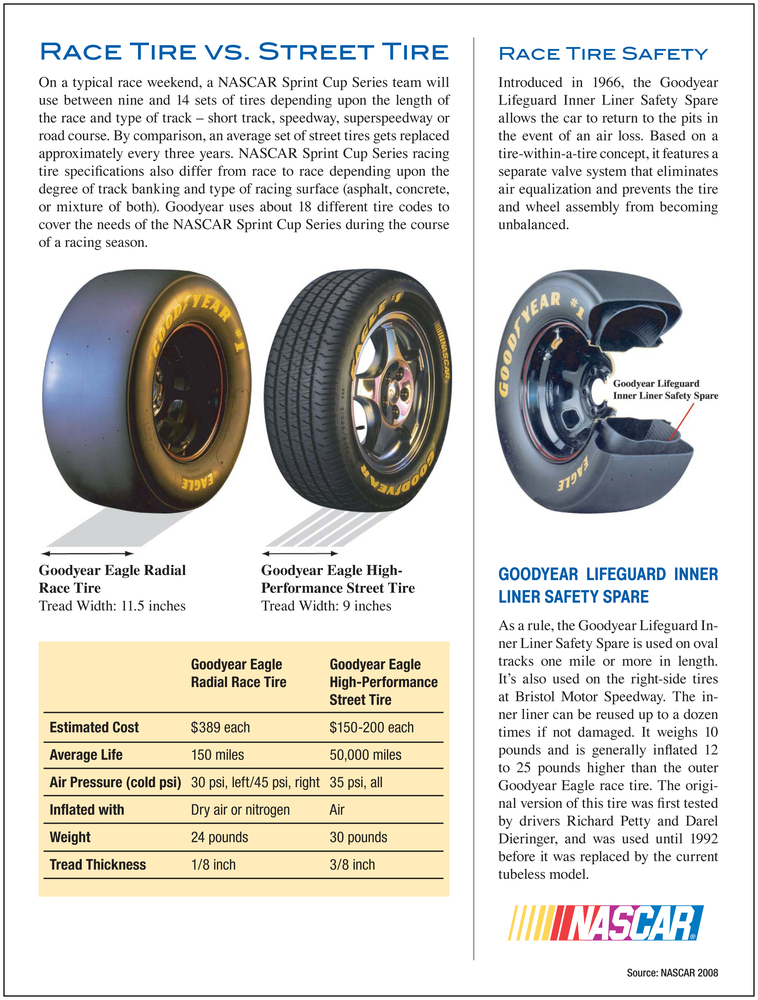 You’re better off making simple tire maintenance part of your routine.
You’re better off making simple tire maintenance part of your routine.
There are more cons than pros for changing to N2 tires. For example, nitrogen filling tanks aren’t easily accessible like air compressor tanks. You’ll have to plan for refills in places that may be few and far between. This can cost you time and money. Here’s all the info.
Q. How much will it cost to get nitrogen in my tires?
A. For fills of new tires, between $70 to about $175 at some outlets. Drains of air and refills with nitrogen on current tires, up to $30 per tire. Topping off can be between $5 and $7 per tire. If you want to keep your tires within 1 PSI of the ideal, you’ll likely be topping off at least four times a year, probably more. This could be between $80 and $112 a year, and possibly a whole lot more. Compare this to paying nothing at all for regular air at a tire store, or around a buck per fill at a service station.
Topping off can be between $5 and $7 per tire. If you want to keep your tires within 1 PSI of the ideal, you’ll likely be topping off at least four times a year, probably more. This could be between $80 and $112 a year, and possibly a whole lot more. Compare this to paying nothing at all for regular air at a tire store, or around a buck per fill at a service station.
Q. Are they safe?
A. They’re as safe as regular tires. Nitrogen isn’t flammable and won’t cause your tires to explode.
Q. Will I get better gas mileage?
A. You’ll always get better fuel economy on properly inflated tires, whether they’re filled with nitrogen or air. Under-inflated tires can lower gas mileage by about 0.2% for every 1 PSI drop in the average pressure of all tires. They’ll also wear faster and be more prone to failure. The most economical way to make sure you’re driving on well-inflated tires is to just check your tire pressure once a month or get it done by a technician (free at good tire stores).
Q. Will nitrogen prevent tire rot? Wheel rust?
A. Nitrogen is a “dry” gas compared to oxygen (which makes up about one-fifth of regular air). Nitrogen-filled tires don’t generate as much moisture inside when tires expand from heat friction then contract when they cool.
However, rubber rot from moisture inside the tires of passenger vehicles is very unusual. Unless your tires are on a vehicle that’s rarely driven, it’s far more likely your tire tread will wear out before the small amount of moisture inside an air-filled tire degrades the rubber.
And today’s alloy wheels are coated to prevent corrosion on steel parts — the belts, beads and sidewall buttressing — that may come into contact with water, so that’s not a typical problem.
Q. Can nitrogen tires be filled with air?
A. Yes. It’s unsafe to drive around on under-inflated tires, so don’t hold off thinking you need to wait to top off until you can get to a filling tank. It’s perfectly fine to add air and just get your next fill with nitrogen.
It’s perfectly fine to add air and just get your next fill with nitrogen.
Q. Do they run cooler?
A. There’s no significant difference between air-filled and nitrogen-filled tires in terms of running temperature.
Q. Where can I fill my tires?
A. Use this nitrogen dealer locator, but be aware that some filling stations require you to have purchased tires with them, or have a membership.
Q. Will I have a better ride?
A. There’s no difference in handling or ride quality between tires filled with air or nitrogen, so long as they’re kept properly inflated.
Q. How can I tell if I have nitrogen in my tires?
A. The tire valve stem will have a green plastic cap or a cap topped with a green indicator.
Q. How do tires get filled with nitrogen for the first time?
A. The tire is purged of air and filled with nitrogen several times using a machine, which takes out most of the oxygen along with any water.
Learn More
Tips for selling Nitrogen Tire Inflation to your customers.
Before you start selling Nitrogen Tire Inflation to your customers, keep the following in mind:
Our suggestion is to price the service between $8 and $12 per tire when converting an air-filled tire to a Nitrogen-filled tire, depending on the size of the vehicle’s tires. From that point on, perform free Nitrogen top-off’s as required.
We also suggest getting creative with your marketing and pricing. For example:
If selling the tire also, offer Nitrogen at a reduced cost, or include it in the price of the tire.
Include Nitrogen inflation as part of a tire service package, such as tire rotations, balances and alignments.
If you’re a new car dealer, add $50 to the sticker price of the vehicle.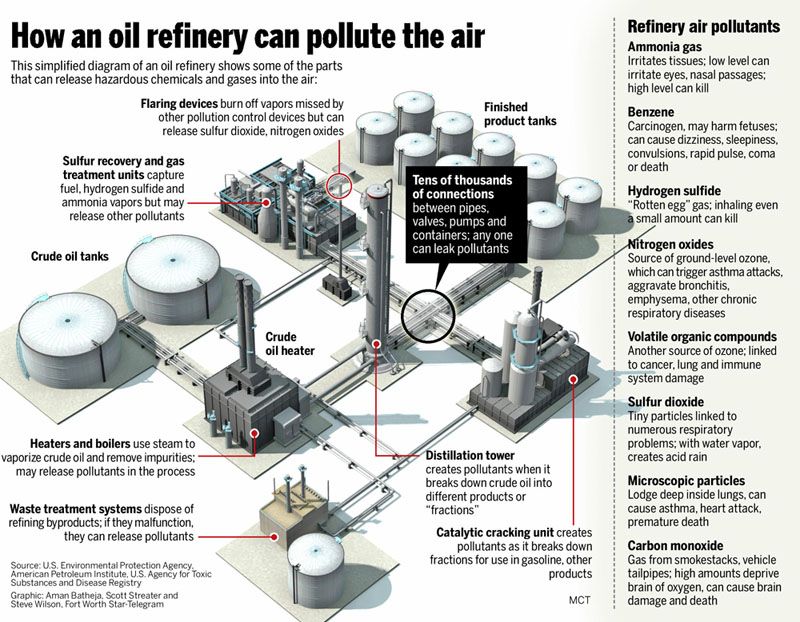
Don’t forget the spare tire! To most customers, the spare tire is "out of sight, out of mind" but they will appreciate a properly inflated spare when they need it.
We have found that the above pricing strategies work no matter your geographic location. Customers are willing to pay for peace of mind and to see savings in their pocketbook!
It’s time to sell the service! Actually, there really isn’t much selling involved at all. Nitrogen tire inflation sells itself. Here’s the basic process we recommend:
If it did, and your shop didn’t do the original Nitrogen inflation, check the purity of the Nitrogen in the tires. If it’s less than 96%, you have a sales opportunity, since Nitrogen purity of less than 96% provides diminished benefits.
Document the pressure reading of each tire, along with the recommended pressure on the vehicles door jamb placard.
It’s likely that the customer’s actual tire pressures are below (in many cases, significantly below) the recommendation provided by the vehicle manufacturer. In this case, explain the benefits of Nitrogen tire inflation and the low per-tire cost involved, and you will find that a large number of customers will purchase the service.
If the tire pressures match the vehicle manufacturer specifications, congratulate the customer on properly maintaining their tires—it’s a rarity!
Remind the customer that inflating with Nitrogen does not mean they no longer need to check tire pressures. Welcome them back to your shop at any time to top off their tires with Nitrogen for free. Not only is this a benefit to your customer but over time you are building a trust relationship with them.
Also mention to them that if they are out of town on a road trip and notice a tire that is low on pressure, it’s perfectly fine to top the tire off with regular air to make the tire safe again. Encourage them to bring the vehicle to you as soon as they return home so that you can find out why the tire is losing pressure (for example, a puncture).
Encourage them to bring the vehicle to you as soon as they return home so that you can find out why the tire is losing pressure (for example, a puncture).
Autopro Distributing, Inc
6026 Kalamazoo Ave SE
Suite 121
Kentwood, MI 49508
Phone: 616.282.1360
Text: 616.282.1360
Contact Us
Copyright 2022 Autopro Distributing, Inc.
Terms of Service | Privacy Policy
Grand Rapids Website Design by Visioneer Consulting
The benefits of using nitrogen to inflate (refill) wheels and tires are as follows:
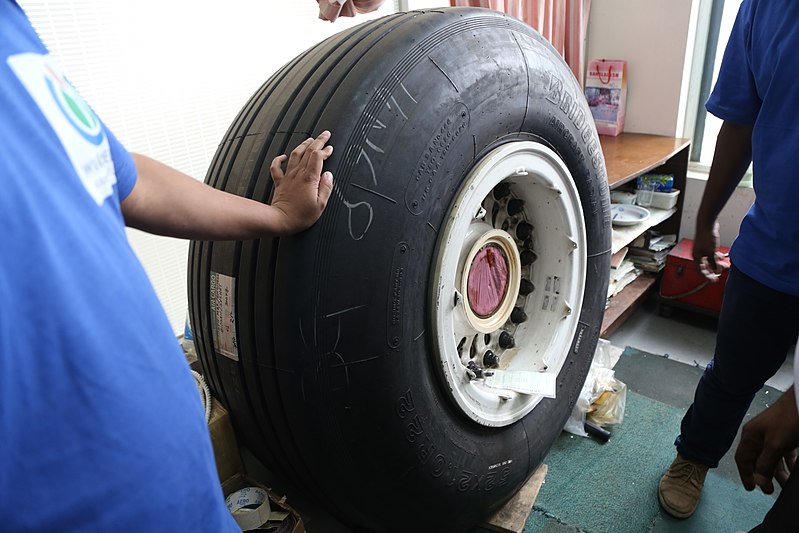
In addition, it is important to elaborate on the advantages that filling a tire with nitrogen will give you compared to filling a wheel with air.
Advantages of filling a tire with nitrogen compared to filling a wheel with air:
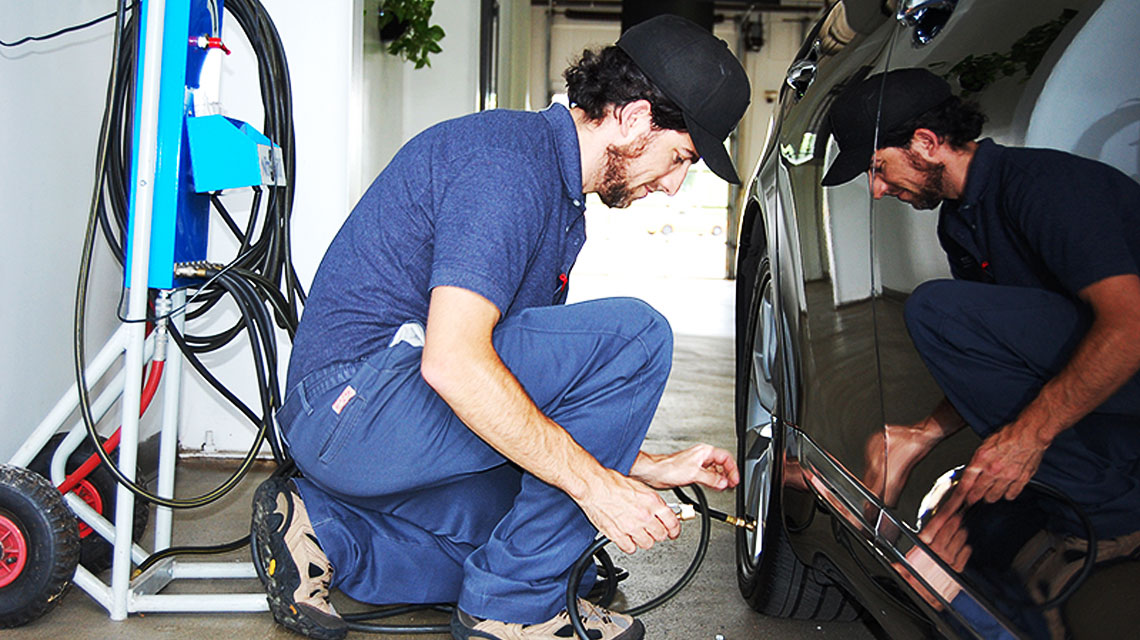
All these factors contribute not only to improving the performance of the tire, but also ensures the safety of the car on any road.
As a result, each car owner must clearly understand for himself that inflation (filling) of a tire with nitrogen has a number of advantages that not only help prolong the tire's performance, but also ensure comfort and safety on the road.
In summary, let's once again name the main advantages of pumping (filling) wheels with nitrogen:

class="w1000">
In our branch on the street. Sorge, d. 7A there is a cafe. In it, you can comfortably spend time watching the work on your car on the monitors, as well as using high-speed free WI-FI.
Argon welding
Studding, stud repair
Professional tire fitting
Glass repair
Seasonal wheel storage
We accept for payment:
UNIFIED INFORMATION:
+7 (495) 799-02-20
24/7
remontdiskov@mail. ru
ru
ProfShinService
group of companies
Please introduce yourself
or
Select branch
Anokhina Zorge Rusakovskaya International Malygina Question to the DirectorYour question
x
Login or register
Wheel size 01380 | 1 tire (UAH) | Set (UAH) | |
| R13 – R14 | 25 | 100 |
| R15 – R16 | 35 | 140 |
| R17 - R18 | 40 | 160 |
| R19 - R20 | 45 | 180 |
| R21 - R22 | 50 | 200 |
| Jeep, minivan, minibus, crossover | 50 | 200 |
NASA uses nitrogen to inflate its shuttle wheels.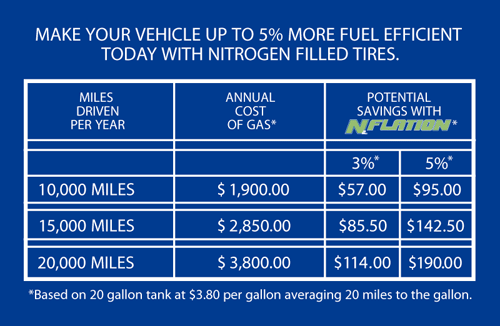 Formula 1 cars fill tires with nitrogen. Land vehicles also use nitrogen. The wheels of the aircraft of the air force and the civilian air fleet are also pumped with nitrogen. All cyclists who take part in the "Tour de France" and "Giro D'Italia" cycle races inflate the tires of their bicycles with Nitrogen (nitrogen).
Formula 1 cars fill tires with nitrogen. Land vehicles also use nitrogen. The wheels of the aircraft of the air force and the civilian air fleet are also pumped with nitrogen. All cyclists who take part in the "Tour de France" and "Giro D'Italia" cycle races inflate the tires of their bicycles with Nitrogen (nitrogen).
Why?
Why do you inflate your car or truck tires with regular air? You are probably not aware of the benefits of using nitrogen (an inert gas).
Recent studies have shown that 8 out of 10 road tires are under-inflated and far below the recommended pressure.
The reason for this lies not only in the negligent attitude of drivers to tire pressure, but mainly in the physical properties of oxygen.
Oxygen molecules escape through the tire walls to the outside after a few weeks, from the moment of inflation or pumping, and thus reduce the internal pressure in the tire.
Nitrogen molecules, which are larger, on the other hand, exit much more slowly due to their size.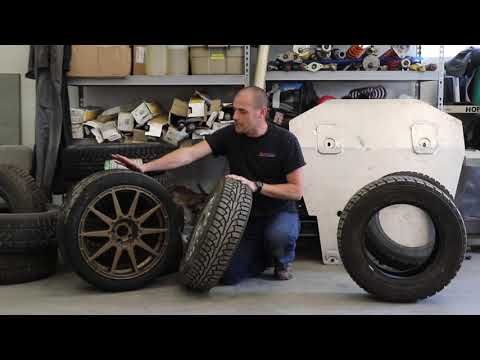
And also with temperature changes, the pressure in tires inflated with nitrogen (inert gas) almost does not change, and the pressure in tires filled with air changes from 0.5 to 1 atmosphere. Since the difference between day and night temperatures is significant, especially in the off-season. Another factor is the heating of the tires when driving, and cooling when the car is not moving.
The correct pressure is therefore maintained much longer.
Checking your tire pressure is very important.
But what's more, pre-vacuum filled nitrogen tires provide maximum nitrogen (inert gas) inflation, saving you money and increasing your safety and comfort.
Benefits in a short time:

Nitrogen (Nitrogen) is valuable and important for truck tires that carry heavy loads and hazardous flammable materials. An inert gas does not support combustion, unlike oxygen.
Long term benefits:
